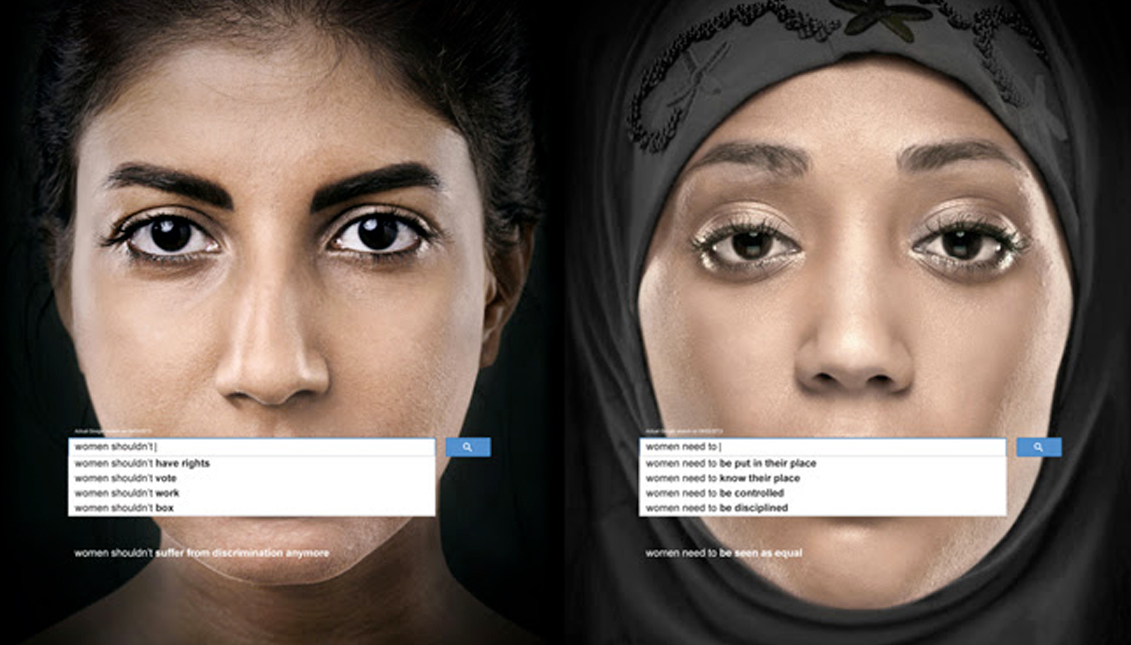
Why do we need a feminist president? A Latino’s point of view
MORE IN THIS SECTION
It is well known that the Latino American society has always been organized around the conception of roles and social stratum. Long after the race distinction decreased and transformed itself into a deep and violent quest for identity, the social organization in Latino America was articulated around the economical profits of the Independence Campaign.
There are several behavioral postures deep within the collective unconscious of the Latino society. The characterization of social parameters is strongly structured upon a religious moral code that has not kept pace with the contemporary immediacy. We’re talking here about the gender roles in the Latino American culture and how they have managed to survive in a dizzying and massive 21st century.
The cultural conceptions of “macho”, for example, brings an over-dimensioned idea of power and control, closer to a primitive conduct, that has been demolished in numerous societies but that remain in the core of the Latino population. We are raised to understand the radical distinctions between “blue” and “pink”, “doll” and “ball”, “boy” and “girl”. Latino boys are raised to be tough and never expose themselves to sentimentalisms. Latino girls are raised to be daddy’s princesses, wear dresses and to always be pretty.
Many of these cultural standards have bond the machismo to the economical, social and even political grounds, leaving a small gap where women could rise and find a purpose outside the primitive distribution of duties. This gap was seized by figures like Teresa Carreño, Eva Duarte de Perón, Frida Kahlo and Gabriela Mistral, leading the path to more contemporary movements like Las Damas de Blanco, La Asociación Civil Abuelas de Plaza de Mayo, Esperanza Brito de Martí and Anabel Hernández.

Frida Kahlo y Diego Rivera. Foto del Consejo Nacional de la Cultura y las Artes.
But if the fight was once to achieve any goal in male-ruled endeavors, like wars, governments, arts and literature, nowadays the struggle has covered way more areas. At this time women find more representatives in the public sphere but in their private lives there are still paradigms that need to be broken and that, on the contrary, are being fueled by cultural manifestations that objectify women (an specific music gender, for example).
We are still imitating the relationship pattern that we have inherited, where male and female are not conceived as equals but as antagonists that have to overrule each other, forcing ourselves to constantly fight for recognition and empowerment. When in doubt, take a look to our history: Frida Kahlo adopted many features that allowed her to cope with Diego’s dominant personality; Chavela Vargas identified the masculine elements of power and emancipation and made them her own, and Carmen Mondragón defied the conventions of female morals when assuming the sexual aestheticism as a feminist tool.
In order to gain social benefits like the right to vote, equal salary and reproductive autonomy, women have had to rise up against many social structures that are often self-imposed. Nowadays, equality is more tangible than ever, but there are still some conducts that remain intact and that have detonated forgotten fears, like what happened with Marina Menegazzo and María José Coni in Ecuador or the terrible episode of that teenage girl in Brazil.
We are still verbally harassed in the streets and we still have to fear man’s physical brutality. We are often diminished just for being the “weaker sex” or, how Simone de Beauvoir used to call it “the second sex”. We still have to work twice as hard to gain recognition for our accomplishments and we still have to be careful of how much skin we show with the way we dress.

Chavela Vargas
The Presidential Campaign in the United States is a public demonstration of how dissimilar gender roles are. When we look closer to the publicity in both sides, usually only one gets discredit for her gender, as if the fact of being a woman meant an implicit flaw. And it just reveals that this humble analysis is more than accurate.
Kids are being taught that girls are weak and that there’s a competition for power ever since kindergarten, unfolding a Freudian prolongation of a century of repressions. But at the same time, there are more and more movements that speak out for gender equality like the UN campaign He for She, Always like a Girl, This Girl Can, Dove Real Beauty Sketches, Make it Fair and The Mask You Live In.
All this initiatives are innovating the approach focusing in what kids are being taught and how we can learn to put oneself in somebody else’s shoes. The ideal aim should be to recognize the alterity as an equal and realize that the only difference that matters is the one that could make us stronger altogether. Quoting President Obama’s latest essay on feminism: “That’s what twenty-first-century feminism is about: the idea that when everybody is equal, we are all more free”.
This is exactly what feminism is about: equality. And we still have a lot to do in Latin America, where the macho is still ruling our heads, even after three female Presidents. We are still tamed by old stereotypes and we still have an unconscious reasoning where the differentiation of genders its an excuse and a commonplace. We are often tempted to turn violent when we don’t understand or we are not being understood, and we are still forgetting that if feminism is a non-gender position, so is machismo.
I, as a Latin American, am still waiting for the first feminist president in our society. A man or a woman that is not afraid to speak up and lead by example. A person who points out how we’re still a patriarchal culture that keeps the old way just because that’s how we were raised. I’m still waiting for a society where kids can enjoy all colors without being stigmatized with weakness or aggressiveness, since we have all it takes to shape an equal, freer and less violent population. We have a history full of feminine and masculine characters that have contributed to a large tradition of development in all areas, but we’re still bombed with suggestive publicity on TV where stereotypes are kept binomial.
Latin Americans have managed to leave their home countries and adapt themselves to new communities, to new social codes and new traditions, but have kept many vices that maintain a retrograde moral system that stalls much of our potential. It is time to take a look around and realize we can still do much better.






LEAVE A COMMENT:
Join the discussion! Leave a comment.